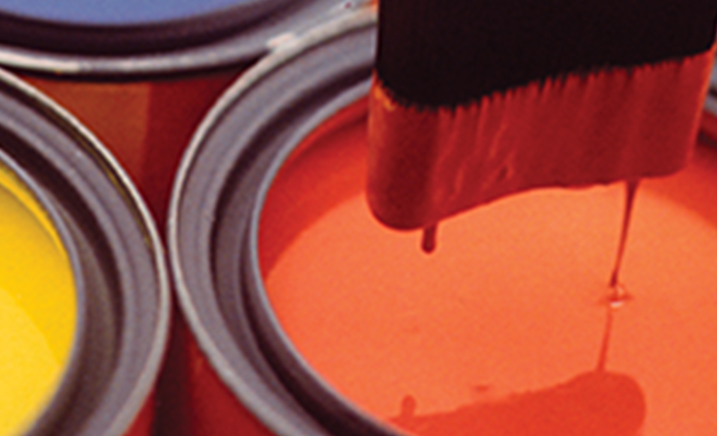Maintaining a busy manufacturing or commercial facility is no small task. Facility maintenance professionals need to schedule repairs, coordinate projects, manage staff, negotiate vendors, order supplies and much more. Most maintenance and repair projects fall into specific budget line items but some unplanned projects, like painting, can get overlooked. In fact, 61% of facility maintenance professionals purchase paint every month but many of those purchases are unplanned and undocumented. Here are three common mistakes people make when it comes to managing their paint spend and what you can do to prevent them:
- Painting projects are not included in preventive maintenance plans. This means that painting projects are unscheduled and impromptu. The result is sending someone out last minute to buy paint resulting in lost labor (avg. $150 per trip!) and a low quality product. How to prevent this? Incorporate painting projects into your total planned maintenance program and plan your purchases ahead.
- Paint is purchased from multiple sources. Some facilities purchase their paint supplies from up to 6 different sources. This means that any pre-negotiated volume discount with their primary supplier is not fully leveraged. Plus every additional PO that is created costs anywhere from $50-$150. How to prevent this? Use your planned painting projects to create one PO with one vendor and leverage negotiated pricing.
- The same areas are repainted over and over….and over again. When something like a wall, pipes or equipment seem to be in constant need of repainting, people tend to think it’s a normal maintenance issue while in fact, the incorrect paint is being used or the surface wasn’t properly prepared. Choosing a more durable product such as an epoxy or urethane may cost more initially but will last much longer than what was being used before. Plus not having to repaint over and over again will save you money long-term. How to prevent this? Consult with a paint expert to diagnose the condition of the surface and get a proper coating recommendation. Or visit the Rust-Oleum Interactive Product Guide or Industry Solutions for product options.

